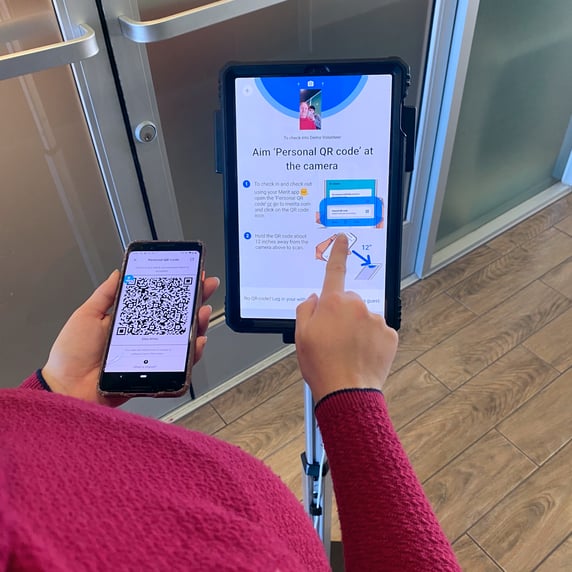Twelve Golden Rules From The Kitchen For Effective Leadership: ‘Mise En Place’
We’ve often been taught that “faster is better” when hustling to get a job done, but during my time working in the catering business, I learned...
3 min read
Dani Esterline Jul 26, 2023
Let’s be honest – in all facets of life, evidence is important. Receipts, timestamps, and budgets are all supporting numbers that well, pretty much show that you’re doing what you’re supposed to be doing. In emergency situations, time tracking is even more relevant, as situations are dire and budget reimbursements affect the resilience of organizations.
We’ve pulled together a list of helpful tips and information to help emergency managers navigate time tracking during times of disaster more effectively.
GET THE REPORT: THE STATE OF EMERGENCY MANAGEMENT
In today’s day and age, almost everything is virtual, we send money through apps, we plan events on websites, and we even send invites through social media channels. However, emergency managers know that the presence of paper and pen is historically embedded in time tracking processes.
The traditional approach to track time for emergency responders involves completing ICS 214 forms, but the legacy process brings about challenges:
“47% of responders surveyed shared that they witnessed time-tracking fraud at some point in their career.”

Time tracking also gives organizations benefits, like a share in FEMA Public Assistance, giving more autonomy to state budgeting.
“FEMA contributes at least 75% of the cost for Emergency Protective Measures conducted before, during, and after an incident.” — FEMA
Currently, FEMA is currently set to contribute $20,314,462,002.00 to states, tribal and local governments for hurricane-related Public Assistance projects. The funding allows agencies to better allocate resources to necessary areas, making communities more prepared for the next time a disaster strikes.
We’ve discussed the many challenges associated with time-tracking, but the main consequence is delayed FEMA reimbursements. Only complete ICS 214s can be submitted for reimbursements, and if any required fields are left blank or incomplete, it results in delayed or no FEMA reimbursements.
Former FEMA administrator, Craig Fugate commented on the ramifications of FEMA time tracking in our recent webinar:
“I always come back to the basics. I've dealt with a lot of funding denial appeals from states where the Inspector General finds that documentation is a huge issue. It always comes back, not to malfeasance on the part of the applicant, but that they couldn't produce the documentation to satisfy the IGP. I dealt with numerous findings from my end and it always came back not having the documents.”
Other occurrences that may happen if time tracking is not done correctly:
.webp%3Fwidth=840&height=469&name=Hubspot Featured image (15).webp)
We’ve mentioned all of the ramifications of not time-tracking correctly, but the good news is there are best practices agencies are following to make sure that time-tracking is effective and streamlined.
Hurricane Ian was a stunning example of emergency responders using their expertise and tools to simplify time tracking processes, with digitized forms and integrated, automated workflows. The state used solutions to empower time tracking through:
By using best practices for time tracking and purpose-built solutions, Hurricane Ian registered 7,000 responders and tracked 1.1. million hours, making for faster FEMA reimbursement and speeding up the historically lengthy paper process.
Emergency responders and managers must use flexible, secure, and compliant digital solutions that empower them to:

With technology, emergency responders can expedite time tracking processes and mitigate the risk of not capturing hours correctly. Time tracking is complex by nature, and when organizations have the toolkit to support emergencies, there are better outcomes universally.
Ready to learn more about time tracking and accountability?
GET THE REPORT: THE STATE OF EMERGENCY MANAGEMENT
We’ve often been taught that “faster is better” when hustling to get a job done, but during my time working in the catering business, I learned...
Your people are your most valuable asset and your biggest competitive advantage. Invest in them wisely, and they’ll take your company places you...
Big workforce initiatives thrive on strong collaboration between ecosystem partners; however, navigating those projects may sometimes be challenging....